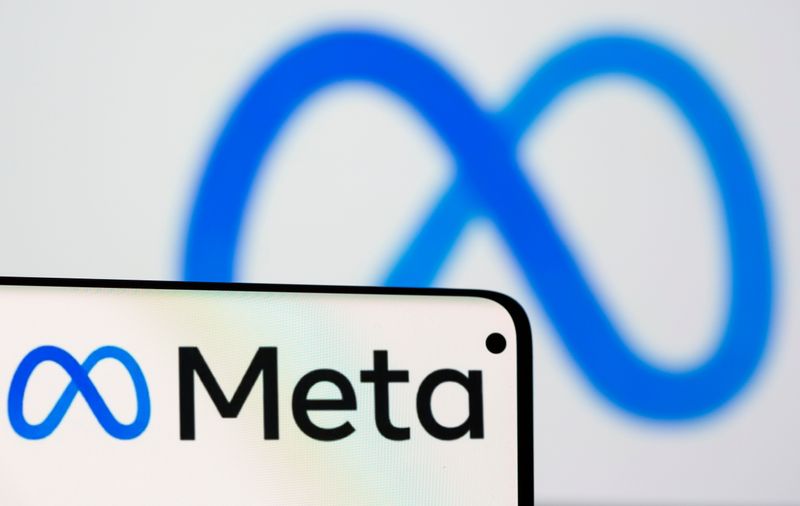Web3 infrastructure firm Jump Crypto and decentralized finance (DeFi) platform Oasis.app have conducted a “counter exploit” on the Wormhole protocol hacker, with the duo managing to claw back $225 million worth of digital assets and transfer them to a safe wallet.
The Wormhole attack occurred in February 2022 and saw roughly $321 million worth of Wrapped ETH (wETH) siphoned via a vulnerability in the protocol’s token bridge.
The hacker has since shifted around the stolen funds through various Ethereum-based decentralized applications (dApps), and via Oasis, they recently opened up a Wrapped Staked ETH (wstETH) vault on Jan. 23, and a Rocket Pool ETH (rETH) vault on Feb. 11.
In a Feb. 24 blog post, the Oasis.app team confirmed that a counter exploit had taken place, outlining that it had “received an order from the High Court of England and Wales” to retrieve certain assets that related to the “address associated with the Wormhole Exploit.”
The team stated that the retrieval was initiated via “the Oasis Multisig and a court-authorized third party,” which was identified as being Jump Crypto in a preceding report from Blockworks Research.
Transaction history of both vaults indicates that 120,695 wsETH and 3,213 rETH were moved by Oasis on Feb. 21 and placed in wallets under Jump Crypto’s control. The hacker also had around $78 million worth of debt in MakerDao’s DAI stablecoin that was retrieved.
“We can also confirm the assets were immediately passed onto a wallet controlled by the authorized third party, as required by the court order. We retain no control or access to these assets,” the blog post reads.
Referencing the negative implications of Oasis being able to retrieve crypto assets from its user vaults, the team emphasized that it was “only possible due to a previously unknown vulnerability in the design of the admin multisig access.”
Related: DeFi security: How trustless bridges can help protect users
The post stated that such a vulnerability was highlighted by white hat hackers earlier this month.
“We stress that this access was there with the sole intention to protect user assets in the event of any potential attack, and would have allowed us to move quickly to patch any vulnerability disclosed to us. It should be noted that at no point, in the past or present, have user assets been at risk of being accessed by any unauthorized party.”
— foobar (@0xfoobar) February 24, 2023
















